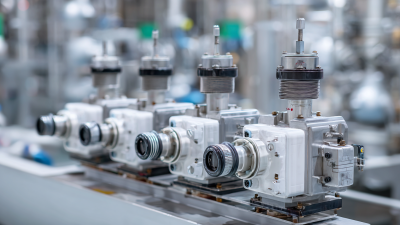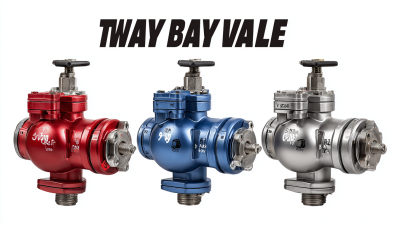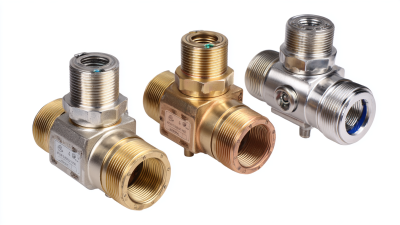In the realm of modern industrial applications, the efficiency of Ball Valve Actuators has become a paramount consideration for optimizing operational performance and energy management. Recent industry reports, such as the Global Ball Valve Actuator Market Analysis 2022 by Research and Markets, indicate a projected growth of approximately 5.4% CAGR from 2023 to 2030, driven by the increasing demand for automation in various sectors including oil and gas, water treatment, and chemical processing. As industries strive for improved productivity and reduced downtime, understanding the role of Ball Valve Actuators, which provide precise control of fluid flow, is essential.
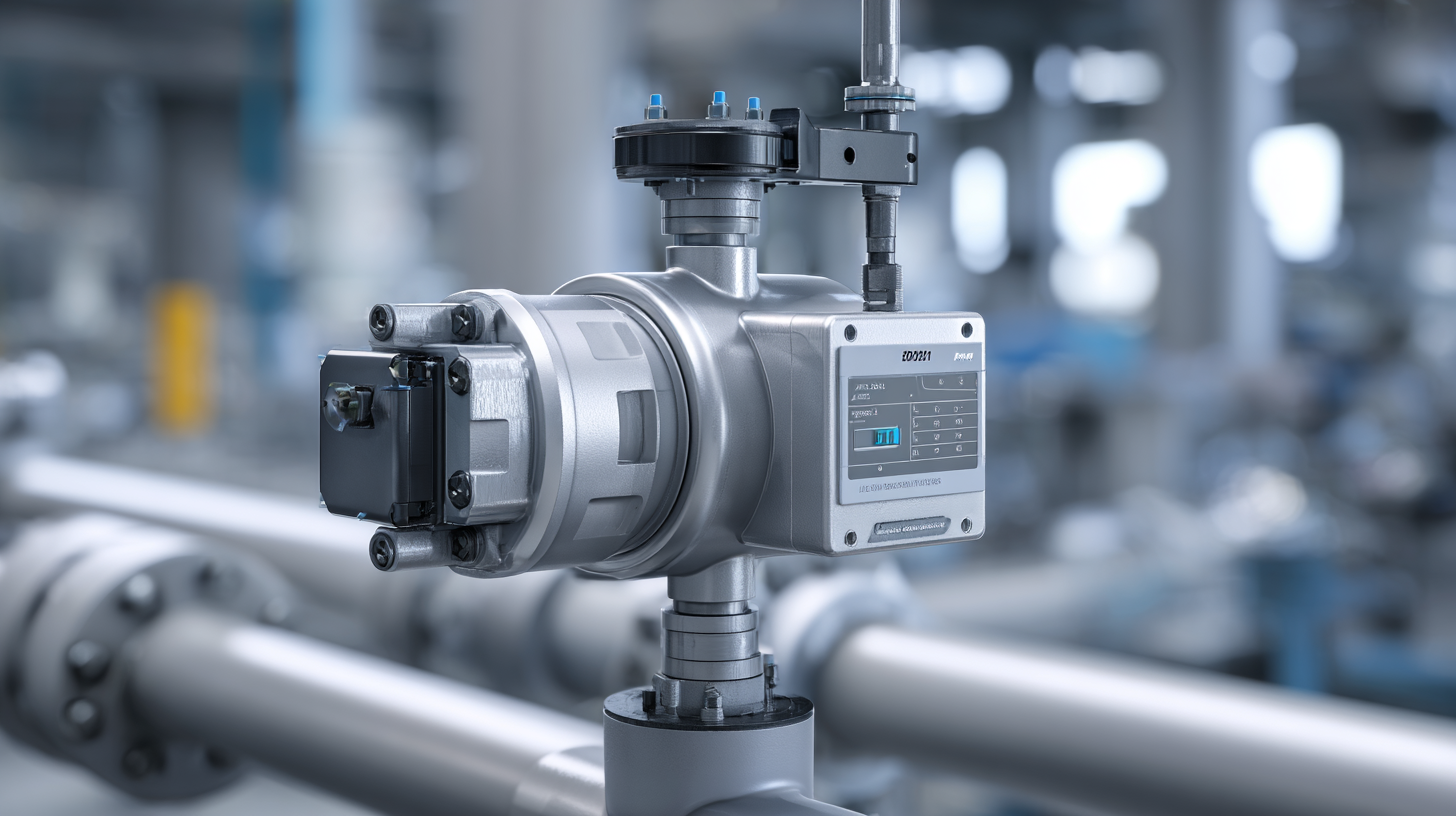
These actuators not only enhance system reliability but also contribute significantly to energy efficiency and sustainability goals, aligning with the overarching trend of digital transformation across industrial landscapes. This essay delves into the intricate mechanics and advantages of Ball Valve Actuators, highlighting their crucial role in modern industrial environments.
In modern industrial applications, the performance of ball valve actuators is influenced by several critical factors, including actuator type, design efficiency, and environmental conditions.
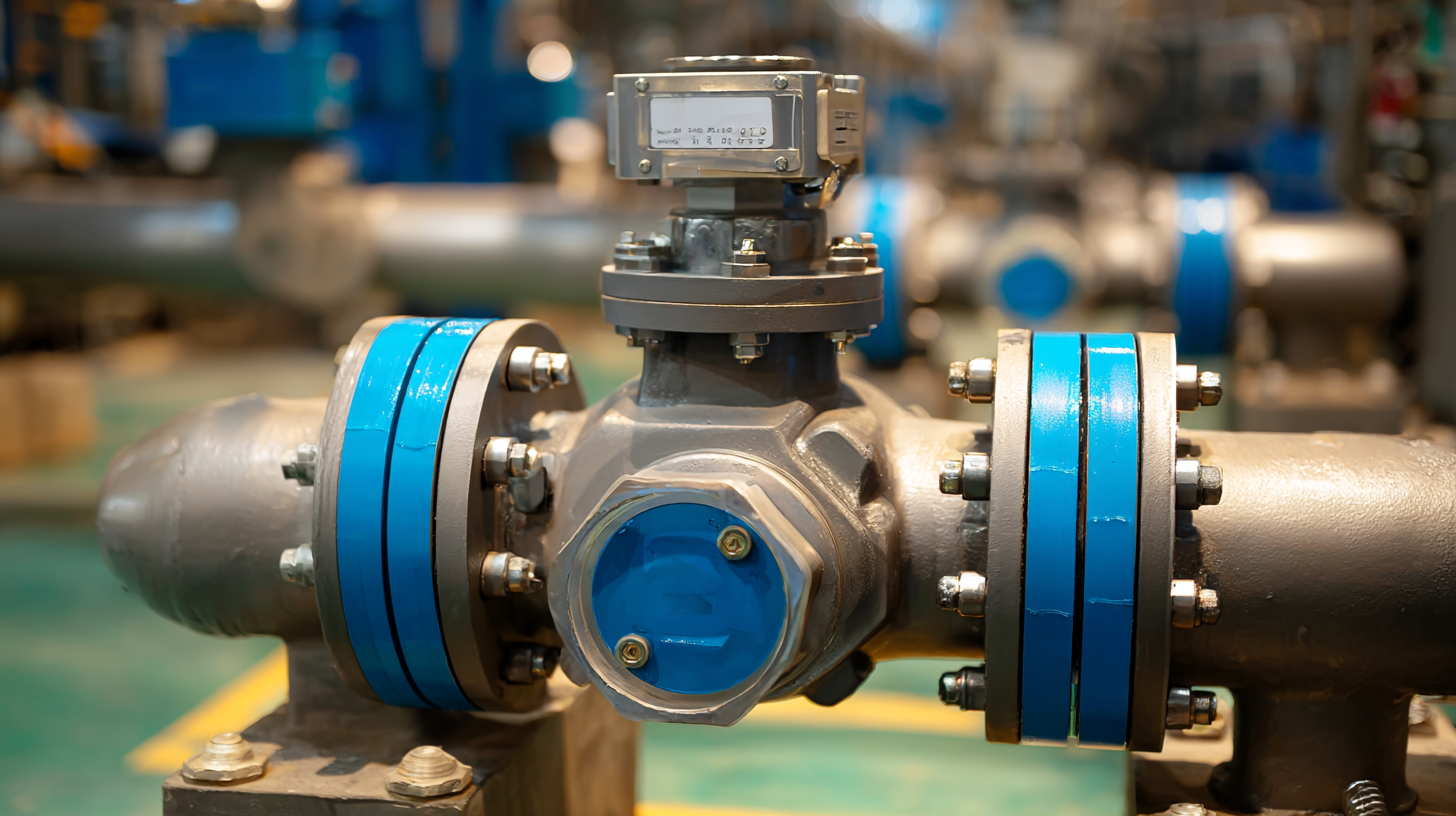 Pneumatic actuators, for example, are often favored for their rapid response times and high-power outputs, making them suitable for applications requiring swift control. On the other hand, electric actuators offer precision and better integration with automation systems, which can enhance overall process efficiency.
Pneumatic actuators, for example, are often favored for their rapid response times and high-power outputs, making them suitable for applications requiring swift control. On the other hand, electric actuators offer precision and better integration with automation systems, which can enhance overall process efficiency.
Tips: When selecting an actuator, consider the specific application requirements, including the pressure range and required flow rates. Ensure that the actuator is compatible with the motor and control systems in place to avoid operational inefficiencies.
Another vital element is the maintenance protocol for the actuators. Regular checks and servicing can prevent wear and tear, ensuring that the ball valves operate smoothly over time. Additionally, choosing actuators constructed from materials that resist corrosion and wear can significantly enhance longevity and performance.
Tips: Implement a preventative maintenance schedule that includes routine inspections and cleaning. This proactive approach can identify issues before they escalate, minimizing downtime and extending the life of the actuators.
The comparative analysis of electric and pneumatic actuators in ball valve applications highlights the significant growth potential in the global actuators and valves market. As evidenced by market reports, the global actuators and valves sector was valued at approximately $104.2 billion in 2022 and is projected to expand to around $221.3 billion by 2032, with a compound annual growth rate (CAGR) of 8.1%. This robust growth reflects the rising demand for efficient and reliable flow control solutions in various industrial applications.
When examining the specific markets for pneumatic components and actuators, we see a similarly optimistic outlook. The pneumatic components market is poised for growth, increasing from $14.81 billion in 2025 to an estimated $21.58 billion by 2032. This uptick is driven by advancements in technology and the need for high-performance solutions across industries. Meanwhile, the ceramic ball valve market is also segmented among various types, indicating a shift towards more resilient materials that can withstand demanding operational environments. Both electric and pneumatic actuators play a crucial role in optimizing operational efficiency and adaptability, thereby meeting the evolving needs of modern industrial applications.
This chart illustrates the comparative efficiency of electric and pneumatic actuators used in ball valve applications, highlighting that electric actuators typically achieve higher efficiency levels compared to their pneumatic counterparts.
In modern industrial applications, optimizing ball valve actuator selection for energy efficiency is critical. According to a recent report by the Energy Efficiency Industrial Network, improperly selected actuators can consume up to 30% more energy than necessary, significantly increasing operational costs. These findings underscore the importance of selecting actuators that not only match the required torque and speed characteristics but also align with energy-saving technologies.
Moreover, advanced actuator options, like electric actuators equipped with smart controls, are proving to offer substantial energy savings. A study published by the International Society of Automation (ISA) highlighted that electric actuators can reduce energy consumption by as much as 50% when properly configured for specific applications. This shift not only enhances operational efficiency but also contributes to sustainability goals, as industries increasingly seek to minimize their carbon footprints. By leveraging data-driven selections and energy-efficient technology, businesses can ensure that their ball valve actuators support both performance and environmental objectives.
In modern industrial applications, the efficiency of ball valve actuators greatly influences operational performance. Real-time monitoring of actuator systems is crucial, as it provides immediate feedback on their performance and condition. This capability allows operators to identify potential issues before they escalate, ensuring the smooth operation of industrial processes. Utilizing advanced sensors and IoT technologies, industries can track essential parameters, such as actuator speed and torque, offering insights that help optimize performance.
**Tips:** To enhance the effectiveness of real-time monitoring, ensure that your actuator systems are equipped with reliable sensors. Regularly calibrate these sensors to maintain accuracy and consistency in data retrieval. Additionally, invest in software solutions that can analyze trends over time, allowing for predictive maintenance strategies.
Routine maintenance is another vital aspect of ensuring the longevity and efficiency of actuator systems. Implementing predictive maintenance schedules based on real-time data can significantly reduce downtime and maintenance costs. By assessing wear and tear through continuous monitoring, industries can strategically plan maintenance activities during off-peak hours, minimizing disruptions to production.
**Tips:** Create a maintenance log that incorporates real-time monitoring data. This log can help track the performance history of each actuator, making it easier to identify when maintenance is needed. Prioritize training personnel on interpreting monitoring data effectively, as this will further enhance the proactive management of actuator systems.
The landscape of ball valve actuator technology is evolving rapidly, driven by automation advancements and the quest for energy efficiency in industrial applications. According to a recent report by Grand View Research, the global ball valve market is projected to reach $12.5 billion by 2025, largely influenced by the increasing adoption of automated systems across oil and gas, chemical, and water treatment industries. The incorporation of smart technologies in actuators, such as IoT connectivity, allows for real-time monitoring and predictive maintenance, minimizing downtime and enhancing operational efficiency.
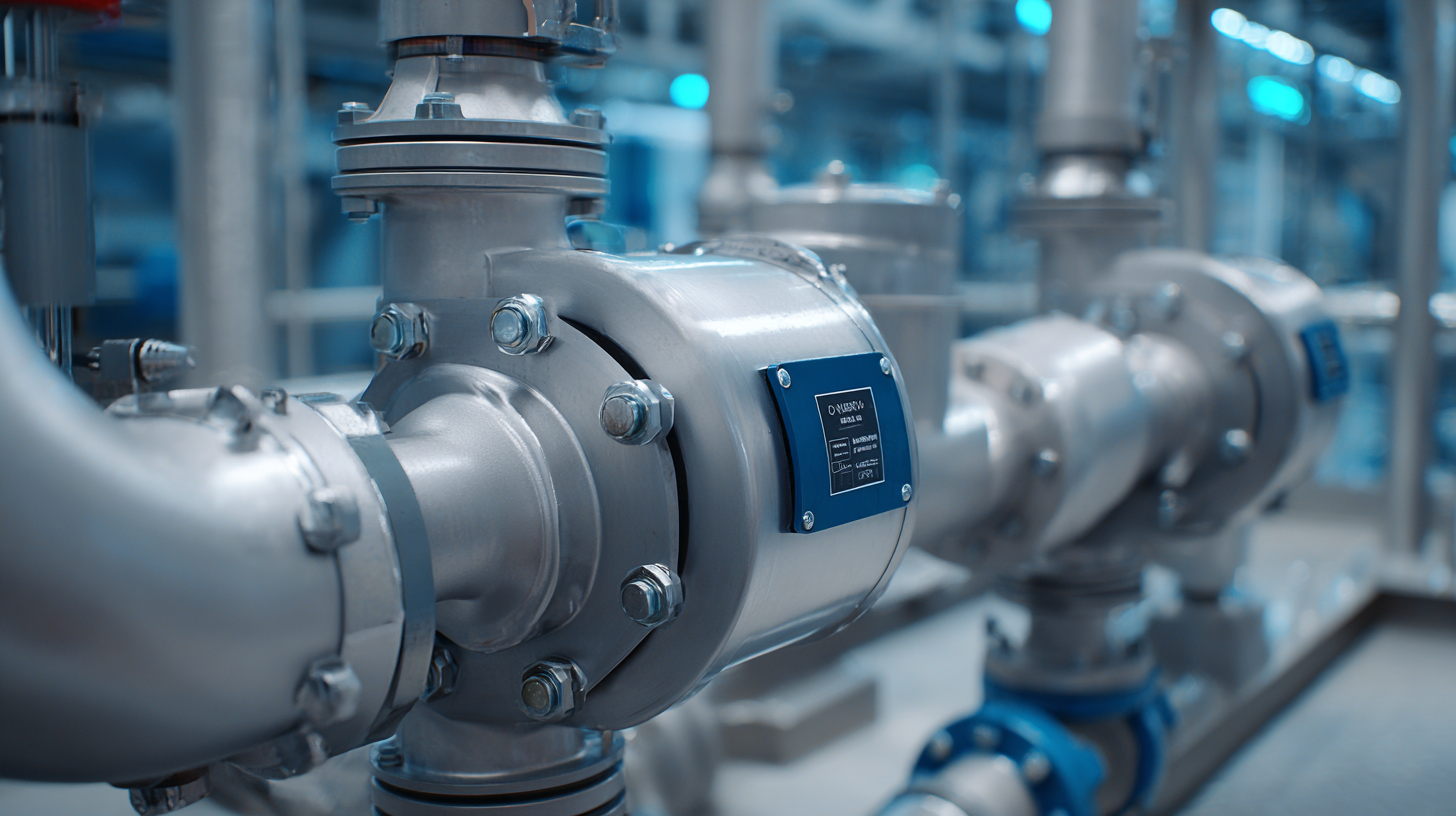
As industries look toward the future, trends such as the development of electric actuators over traditional pneumatic models are gaining traction. Electric actuators offer higher precision and lower energy consumption, aligning with sustainability goals. A study from Research and Markets indicates that the electric actuator market is expected to grow at a CAGR of 6.4% from 2021 to 2026. This shift not only promotes operational efficiency but also supports compliance with stricter environmental regulations.
Tips: When selecting a ball valve actuator for your application, consider integrating IoT capabilities to enhance system monitoring. Additionally, evaluating the energy consumption and maintenance needs of electric versus pneumatic actuators can yield longer-term savings and efficiency improvements. Adopting advanced actuator technologies is crucial for maintaining a competitive edge in an increasingly automated industrial landscape.

